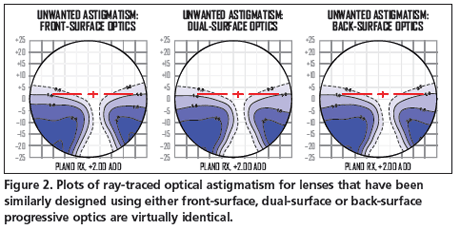

Bilateral plano glasses are payable as safety glasses for persons with one remaining functioning eye.Oversize lenses are not covered except to replace lenses only.Trifocals are payable only for persons currently wearing them for specific job requirements.No additional payment is made for blended or progressive bifocal lenses.
#Progressive lense edge blending code#
Precertification is not needed if tinting is for one of the listed conditions however, the ICD-9-CM diagnosis code on the claim must support the need. The tint or coat should allow use of the lenses indoors and at night.

A new 24-month or 12-month period begins with the new pair of eyewear. The old and new prescriptions must be on the claim to document the change. A new pair within the 24-month or 12-month period, depending on the patient's age, is payable if the change in prescription meets the guidelines above.

For patients younger than 21, the benefit is once in a 12-month period.


 0 kommentar(er)
0 kommentar(er)
